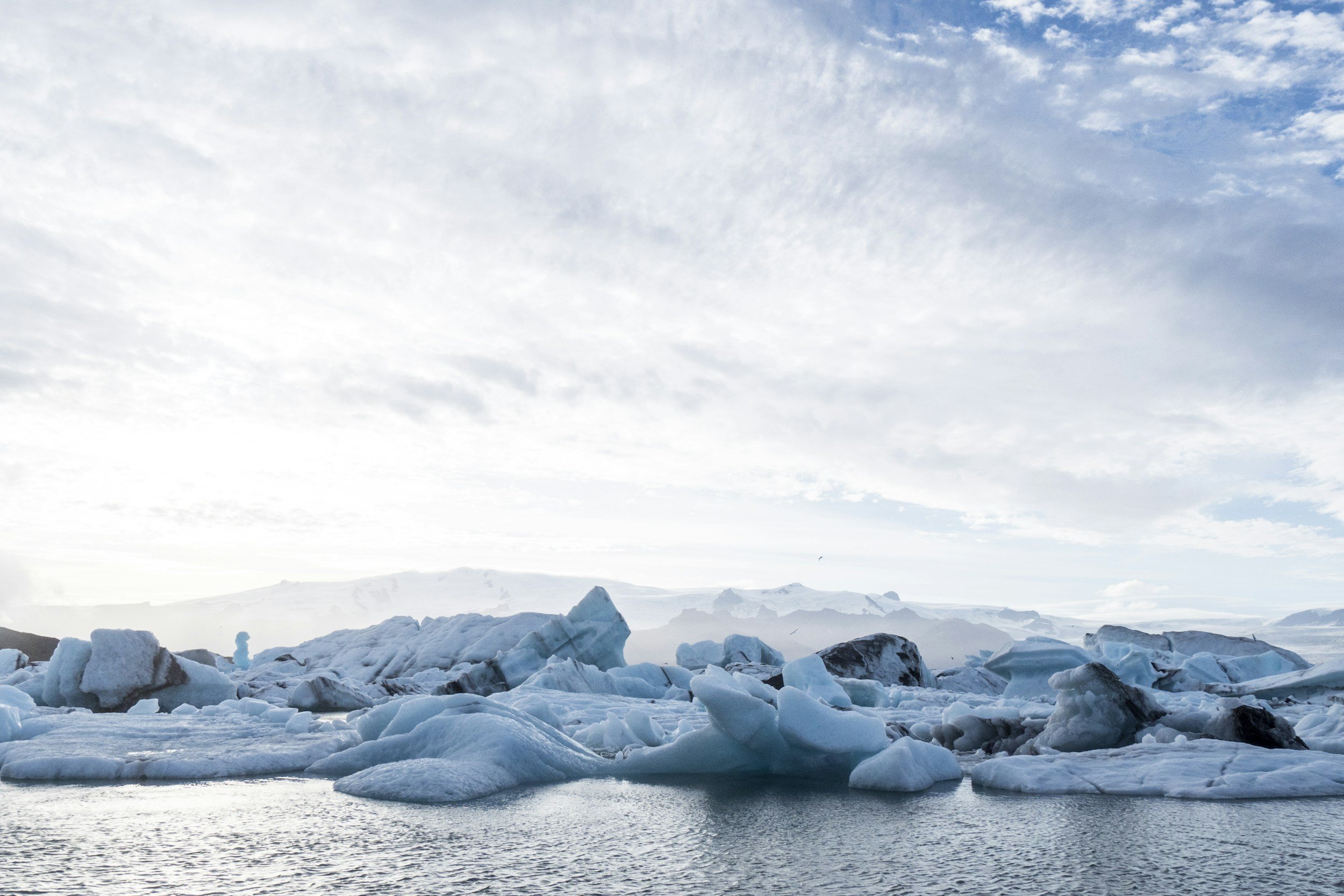
SLOWING THE MELT
Brightening glacial surfaces with an eco-friendly approach.
Global temperatures are on the rise.
Long-predicted climate change is now causing record temperatures and costly damages. Lives, homes, and livelihoods are all at risk.
One of the major effects that global warming brings is glacial-ice melt. This means loss of reflectivity, which causes further warming and the destabilization of water supplies, agriculture, hydropower, infrastructure, and homes. With catastrophic flooding as a real implication, there’s no time for delay.
When glacial-ice is covered with reflective materials, the melting process slows down.
By adding a thin layer of clay-based, eco-friendly material to ice and snow—a process called Surface Albedo Modification—we explore ways to slow glacial melt and support potential surface restoration.
In close collaboration with local communities, we conduct small-scale, tailored field tests to assess the safety, cost, and effectiveness of this approach.
Eco-friendly reflective material increases the surface albedo significantly! These weather stations are equipped with both weather-monitoring sensors and reflectivity (Albedo) sensors. Snow and ice-depth measurements are gathered from ablation stakes, which are continuously monitored by rugged, high-performance cameras.
We’ve done small-scale field testing in Iceland, the Himalayas, and the United States.
More regions with a humanitarian need for our work:
Greenland
Central & South America
Canada
Alaska
Antarctica
We are proud to be part of a growing coalition to preserve glacial ice.
Bright Ice Initiative
Ice Conservation Engineers, LLC
Indian Institute of Technology
Your support means the world—to all of us.
Donations are crucial to our progress—past, present and future. Your generous support is integral for sustaining our collaborative, international, scientifically-grounded efforts to develop practical solutions that meet the needs of the communities we work with.

